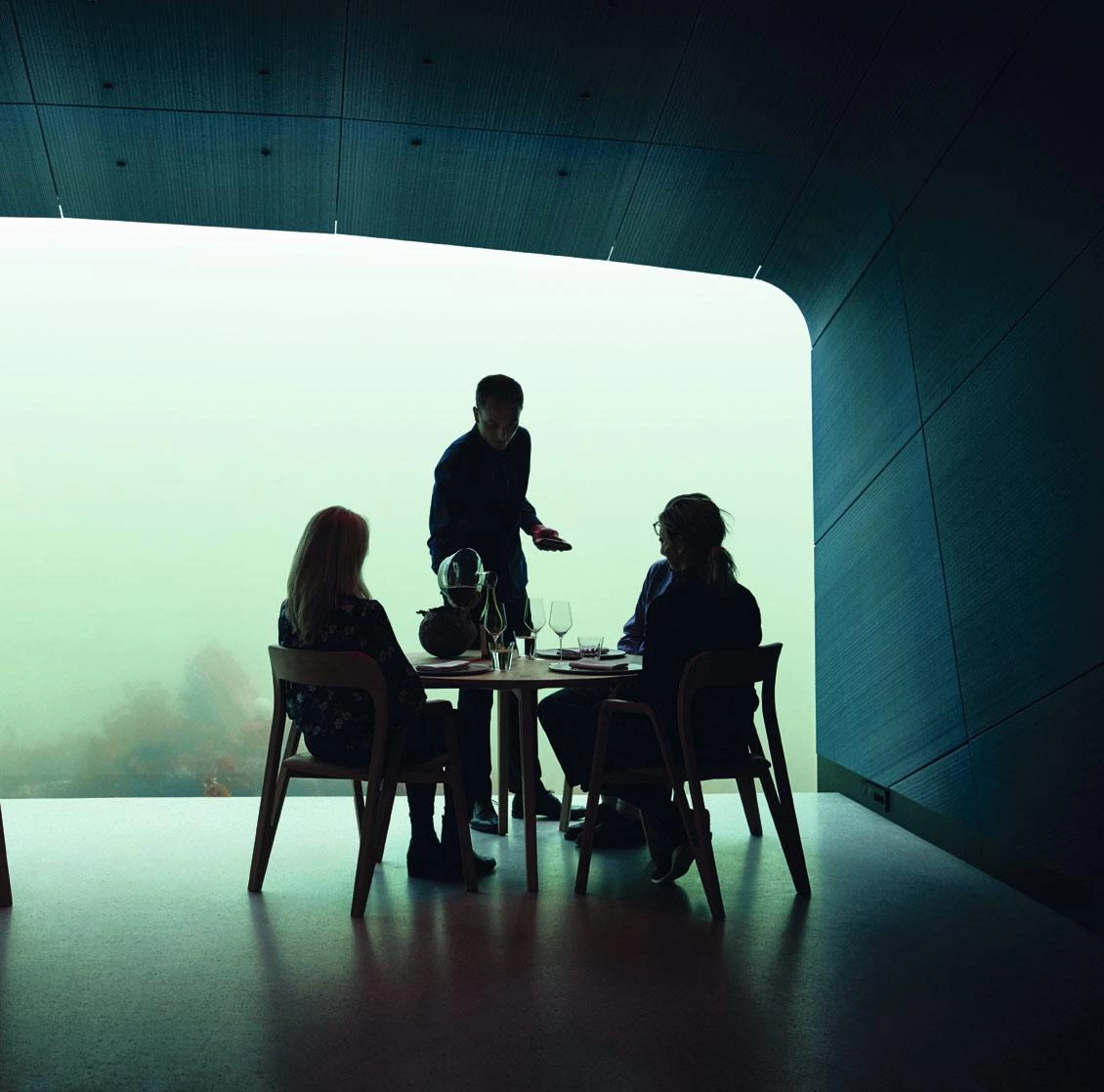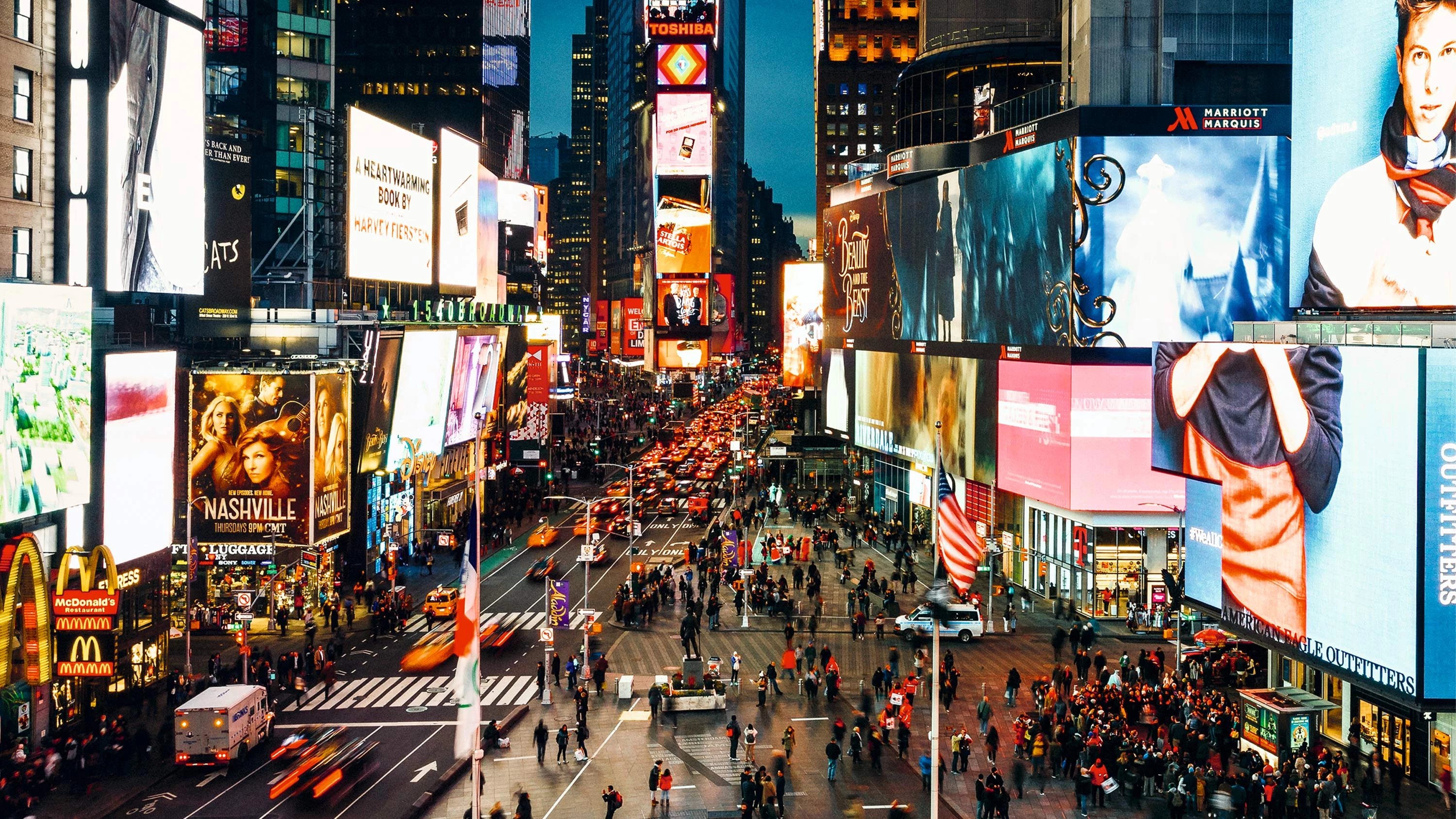
Snøhetta has not created a body of work, but works from the body and for the body. If the studio was founded with the mythical ascent to the mountain by that name, their work over more than three decades has been guided by a social and environmental responsibility reflected in the intimacy between the body in motion and nature. Avoiding a recognizable language, their buildings interact through physical contact. Be they large cultural headquarters or small residential pavilions, in the heart of a city or in a remote location, the projects by the global practice that started in Norway in 1989 are shaped both by the designers and by the interests and persons that converge in the work. From the Alexandria Library to the reindeer pavilion, and from the sleepless bustle of Times Square to the translucid serenity of the underwater restaurant, the structure is tightly woven into the organic.
Architecture is recognized and perceived through the bodies in movement, which seize it with their touch and with their step. Unlike the Corbusian promenade architecturale, which tours the spaces with the eye in a sort of cinematic travel, the contact with the works occurs through the fingertips and the soles of the feet, in an interior journey where the conscience of gravity is as important as the thermal perception of the skin. And unlike the platforms and plateaus defended by the also Scandinavian Jørn Utzon, Snøhetta proposes sloping planes so that the more difficult transit can make us aware of our own body, in a narrative return to the primal ascent that Kjetil Traedal Thorsen finds exemplarly materialized in the walkable roofs of the Oslo Opera House, a masterpiece where the communal and ecological utopia of the studio is expressed with unique aesthetic eloquence.
In a more complex and difficult world, which it hopes to improve from the seven offices that dot the globe like a garland of imagination and discipline – from the first one in Oslo, through Paris, Innsbruck, Hong Kong, Adelaide and across the Pacific to San Francisco and New York –, Snøhetta faces today climate change with an environmental conscience determined to contribute to the decarbonization
of the economy and construction through energy accounting and life cycle assessment of buildings; an ecological commitment present in their work from the beginning, but making their respect for nature compatible with the technical innovation and social relevance that also characterizes their versatile and inclusive approach. Eluding a distinctive language and with a wealth of experience, the members of this plural studio put their bodies and their talents at the service of other bodies in motion: keep them in sight.







